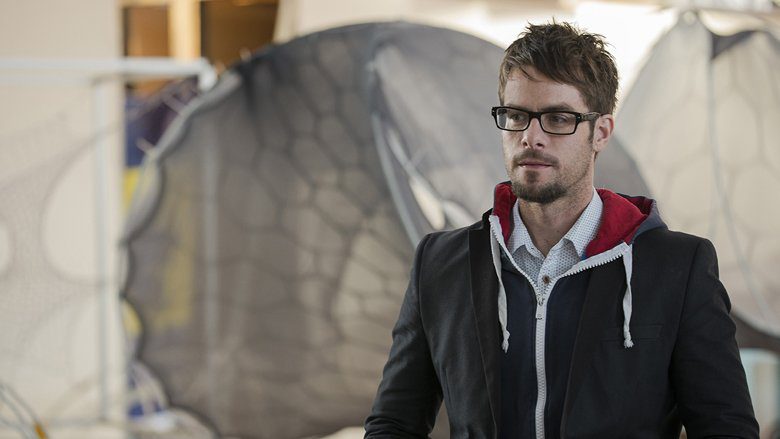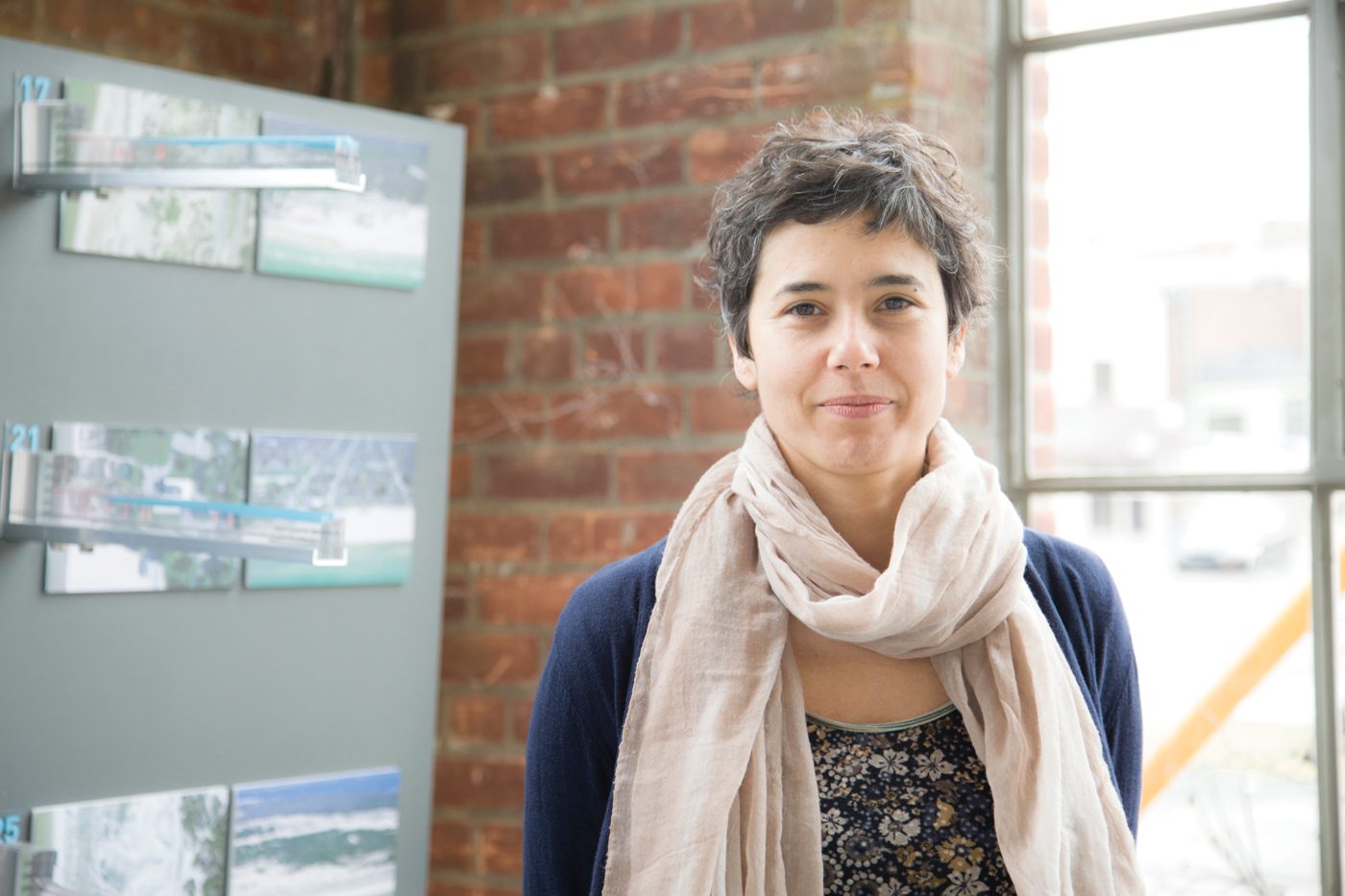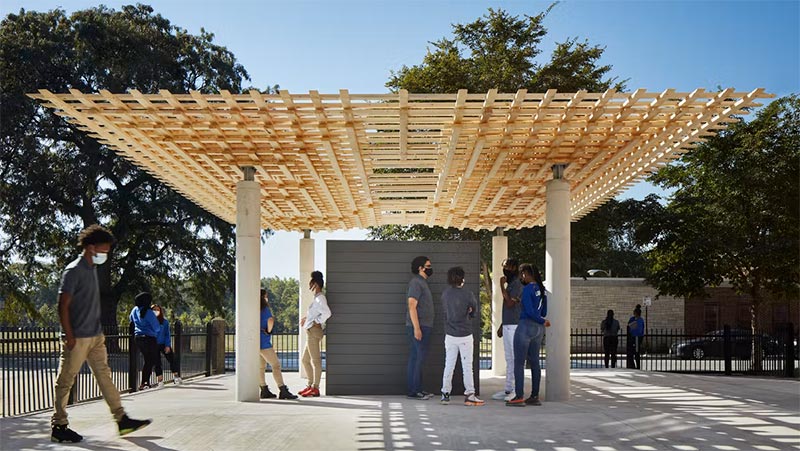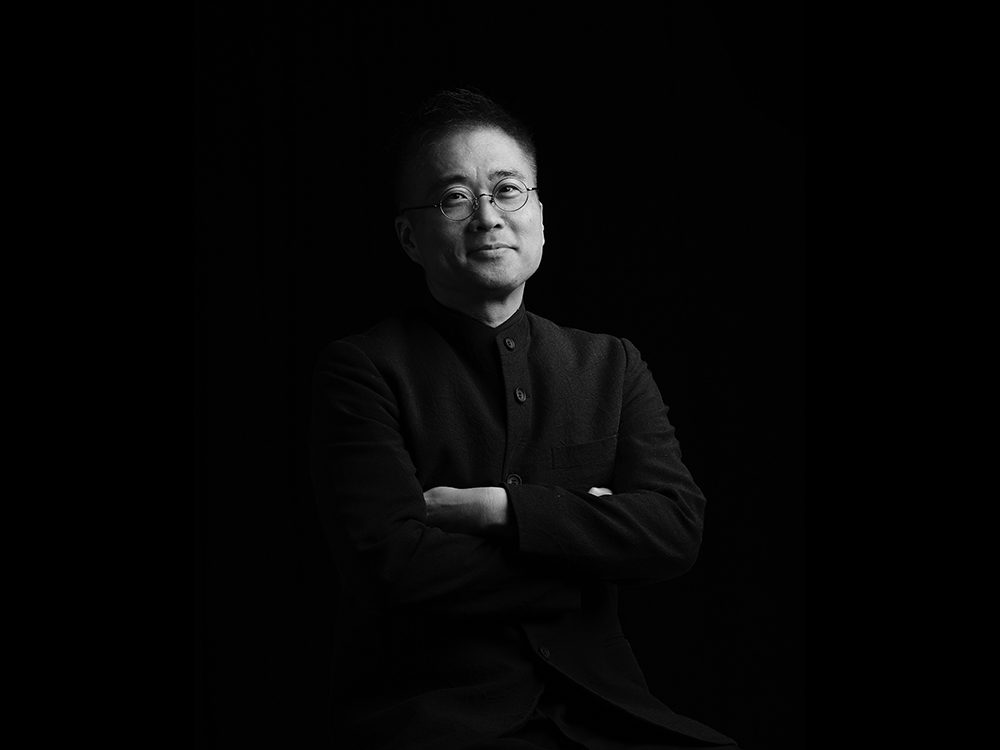
From the Ground Floor of ZHA to 620 Feet Above Beijing
By Amy Spooner
IN THE EARLY DAYS of his career, Satoshi Ohashi went to work for an unbuilt architect he met through mutual acquaintances — foregoing the pursuit of a master’s degree at Harvard GSD because he liked the architect and thought that helping build her first projects would be an immersive way of learning.
Working in her studio — an unheated former school gymnasium in London — and occasionally getting laid off when there wasn’t enough work might have caused Ohashi to second-guess that choice once in a while. But his gut feeling was correct: being the fifth employee of Zaha Hadid Architects turned out to be a solid foundation for launching his career.
“It was a time of intense experimentation,” Ohashi, B.S. ’84, says of those early days with one of the world’s most celebrated architects. “Because of that mindset, as well as Zaha’s incredible leadership and persona, we’ve been able to grow.”
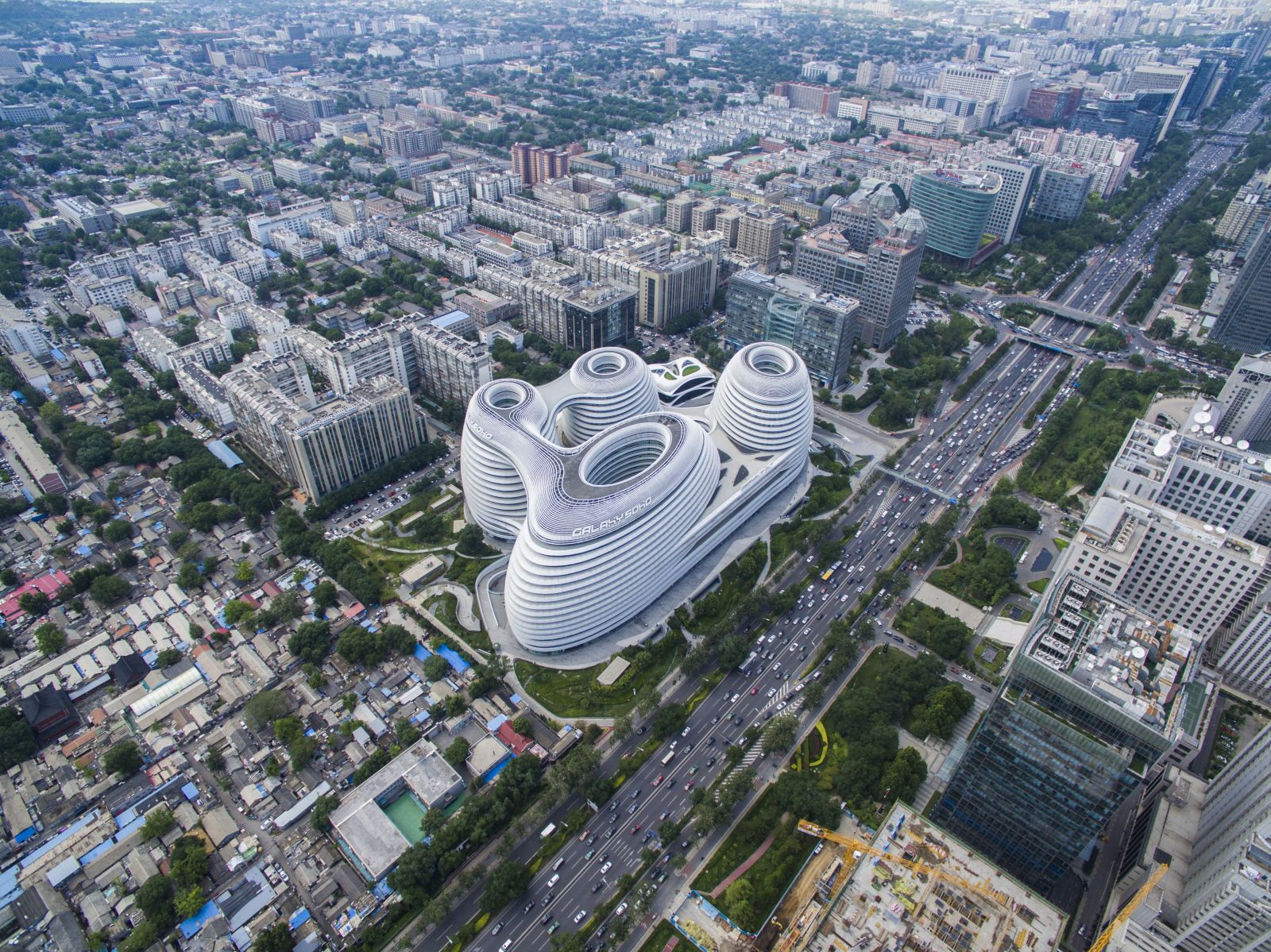
That firm of five employees is now some 450 employees located around the world, bolstered in part by Hadid becoming the first woman to win the Pritzker Prize, in 2004. Ohashi is the director of the firm’s China office, based in Beijing.
And those early days of sporadic workflow are a distant memory.
Since opening the office in 2008, ZHA China has built the most square footage of any office in ZHA’s history. The office has built four major projects for one client, SOHO, more or less in parallel. SOHO, an acronym for Small Office Home Office, is one of the most influential real estate development firms in China. In 2014, Fortune magazine called SOHO CEO Zhang Xin and Hadid “the women transforming Beijing’s skyline.”
Ohashi has served as project director on each of the four SOHO–ZHA collaborations, beginning with SOHO Galaxy, an office and retail space that opened in 2012. As described by ZHA, SOHO Galaxy’s four curvaceous, connected volumes “are a reinvention of the classical Chinese courtyard.” At the time, it was the biggest project the office had ever done and was completed in 30 months, plus about a year of design time. The team was fine-tuning the design even as the foundations were being built. “This being our first big project in China, we realized very quickly that the scale, the speed, and the technology were still developing. So we faced challenges, but we were fortunate, and continue to be fortunate, that our clients have great vision and understand the value of design,” Ohashi says.
In rapid succession, Ohashi led the Beijing office on two mixed-use projects that both opened in 2014: Wangjing SOHO and Sky SOHO. The fourth project, Leeza SOHO, opened in November 2019. Its 46-story towers anchor Beijing’s new Fengtai financial district in the southwest of the megalopolis and boast the world’s tallest atrium. The superlative stems not from a desire to be record-setting but rather from the considerations of the site, Ohashi notes: “It’s never our goal to be the biggest or the tallest. Every project we do is a response to the specific conditions that we’ve been given — site conditions, economic conditions, sometimes political conditions, and the overall needs of the client.”
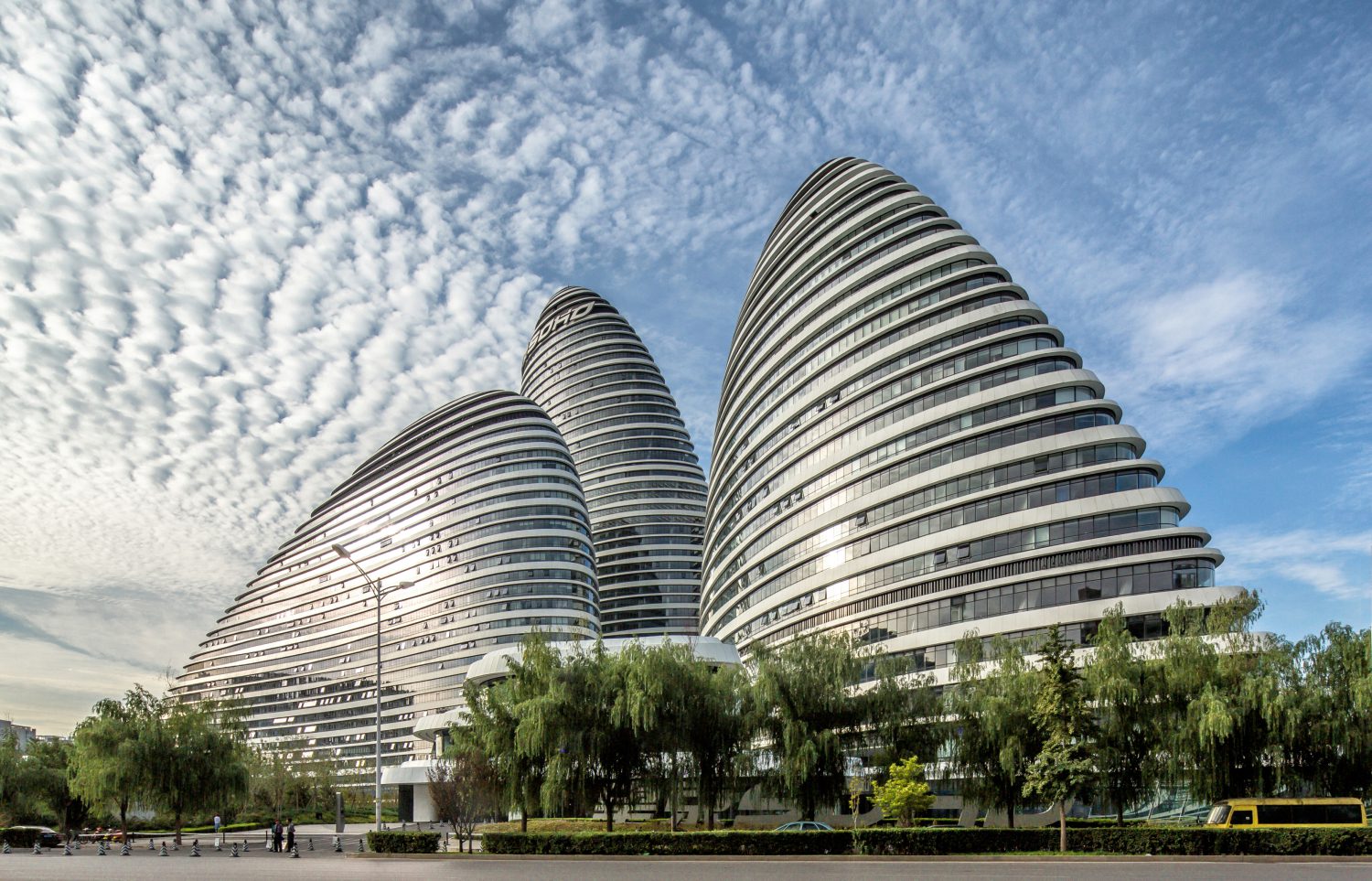
For Leeza SOHO, since a new subway line runs underneath the site, ZHA designed two towers to straddle the tunnel. The towers twist as they ascend so that they are reoriented to look toward the center of Beijing; the 620-foot atrium connects and encloses the two towers. “The building integrates a sustainable design that promotes energy efficiency and clean air, while the atrium unifies the structures as one building with a mega-window that is paying respect to the city,” Ohashi explains. The atrium also allows daylight to flood the building and provides a wow factor for visitors and tenants. “So it creates value while becoming a beautiful new symbol of Beijing,” he adds.
But SOHO isn’t the firm’s only client; in tandem with the four SOHO projects, Ohashi has been managing an ever-growing portfolio of work that includes Beijing’s new airport. When it opened this fall, Beijing Daxing International Airport, located in the southern part of the capital, became the world’s largest single-terminal airport. By 2040, the terminal is projected to accommodate 100 million passengers per year, on pace to be one of the world’s busiest. “When we opened the office, we also immediately began expanding ZHA’s portfolio and the typology of work on both small and large scales,” Ohashi says. “The airport is a good example of that and has been an exciting project to be a part of.”
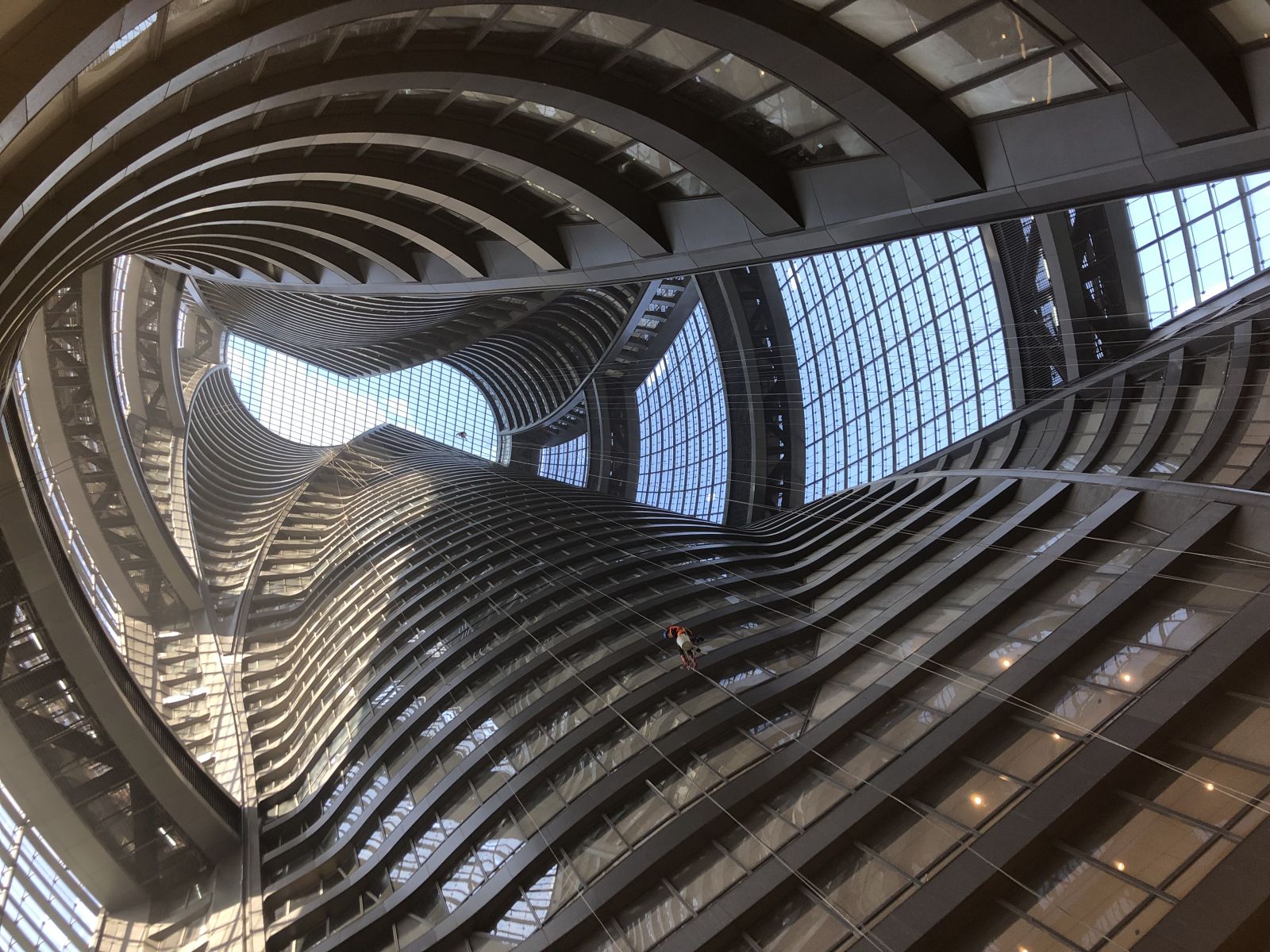
Under Ohashi’s leadership, ZHA China also has been working on master plans for China’s next wave of planned cities. The challenge lies not only in the scale but in the many demands that must be met, Ohashi says: “They must alleviate congestion and pollution, be green and sustainable, and be places where people will be happy to work and live while integrating artificial intelligence to truly make them smart cities.”
Fortunately, Ohashi’s training under Zaha Hadid allows him to fluidly switch between project scales: he previously won international awards for both lighting and interior design. “Zaha’s approach has always been to zoom in and then zoom out,” Ohashi says. “To meet the needs of our clients and show new clients why they should want to work with us, we have to be able to understand the details but also the big picture.”
During his career, Ohashi also has honed that big-picture perspective by working on projects on several continents, including Hadid’s first major works, Moon Soon Restaurant in Sapporo, Japan, and Vitra Fire Station in Germany. He also led ZHA’s Tokyo office, a tenure that saw exciting builds and stalled projects when Japan hit an economic recession. Ohashi says that the firm’s longstanding commitment to research has always put them ahead of the curve: “As architects, we believed anything was possible, and that’s how we approached design.”
The same is true today, and Ohashi acknowledges that being the director of a rapidly growing office in the center of the world’s fastest-growing economy has challenges. Completing Leeza SOHO involved training the construction companies and fabricators to use the 3D tools essential to executing the design. Construction of the airport was delayed when the Qing Dynasty tombs were uncovered. A blogger accused Wangjing SOHO’s design of having bad feng shui. (SOHO won its libel suit against the blogger earlier in 2019.) At the same time, Ohashi says leading ZHA China puts him at the center of exciting work amid a studio culture that hasn’t changed from those early days: “The DNA of our firm — our collaborative style and our passion — is the same even though Zaha is no longer with us,” Ohashi says, referring to Hadid, who died in 2016. “ZHA is still about talented people coming together to explore unlimited possibilities.”






